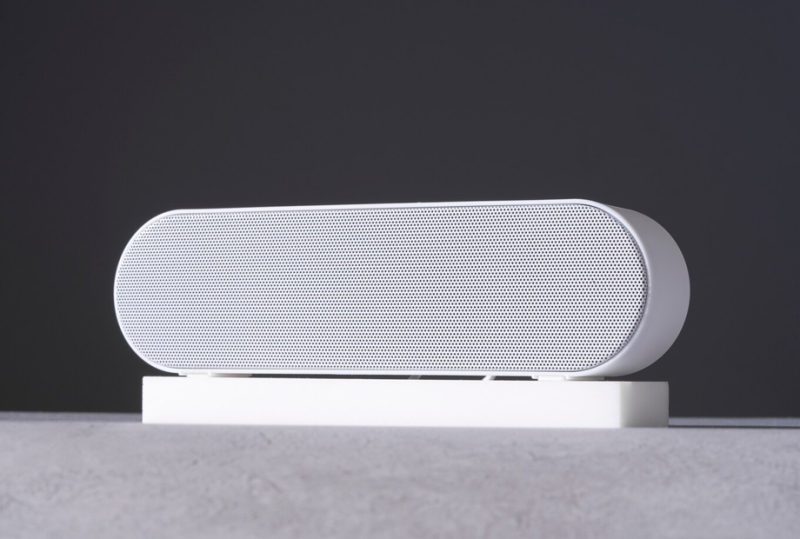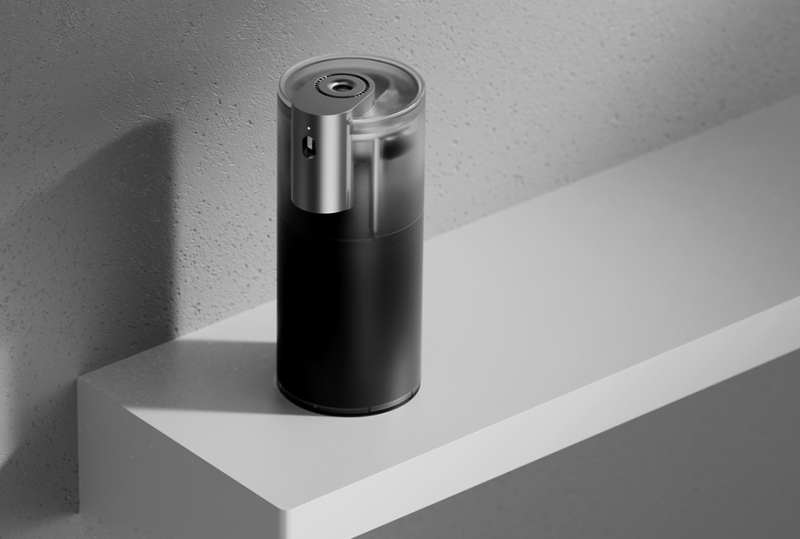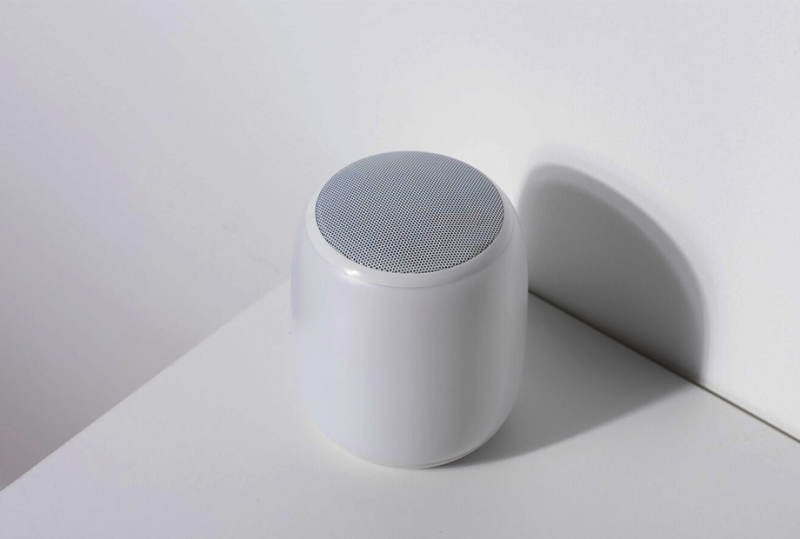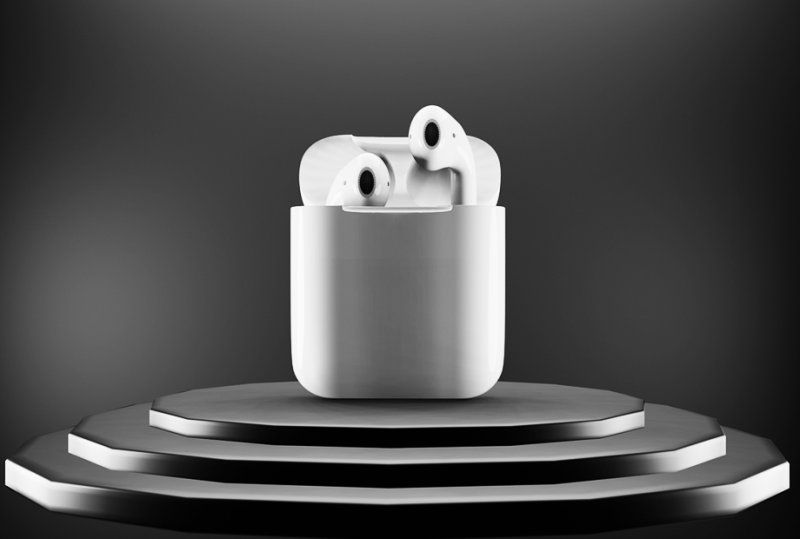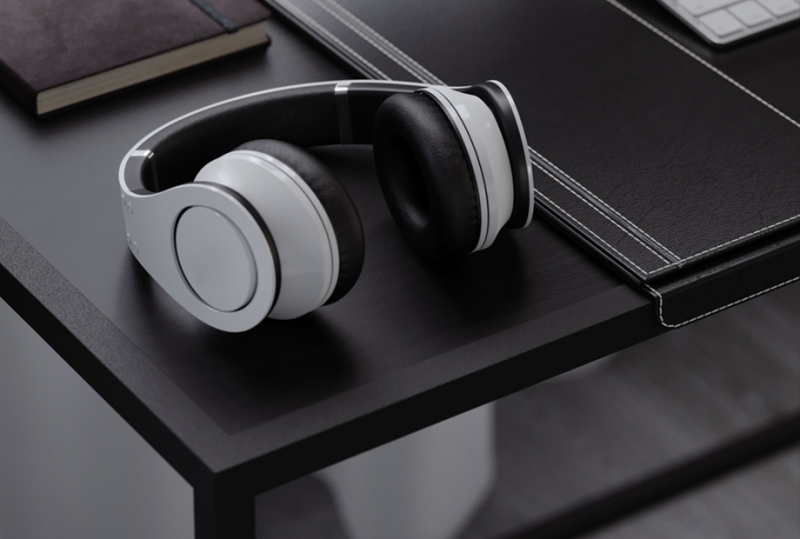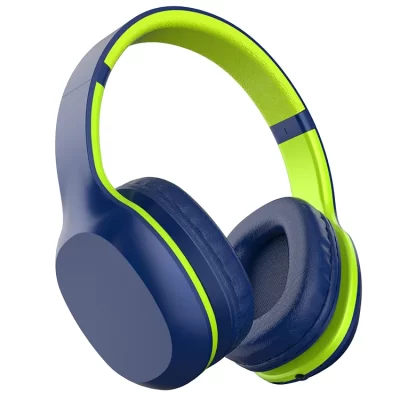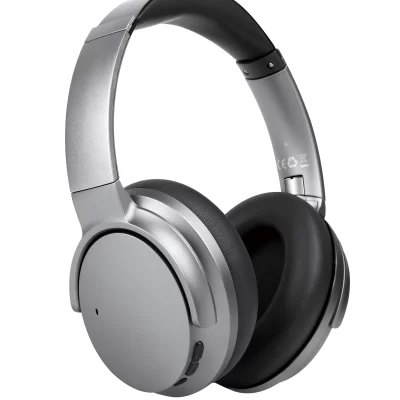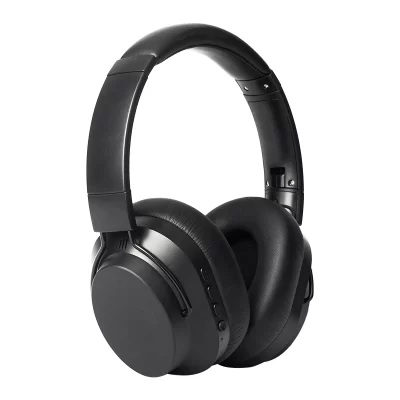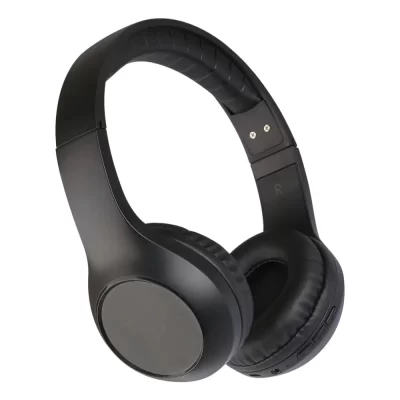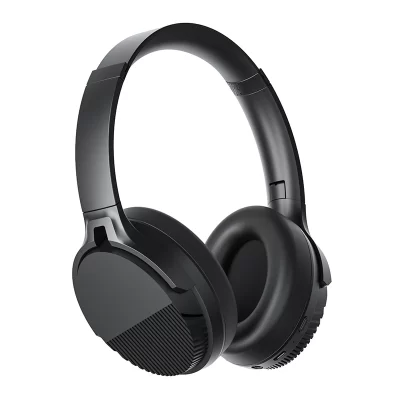As headphone technology advances, bone conduction headphones have emerged as a cutting-edge alternative to traditional earbuds, offering a unique method of sound transmission. With their growing popularity, many people are asking: “Do bone conduction headphones fit your ears better as advertised?” and “Are there hearing loss risks associated with bone conduction headphones?”
To clear up these concerns and provide a thorough understanding, this article delves into how bone conduction headphones work, examines their safety features, and explores any potential side effects. Join us as we unpack the complexities of this intriguing audio technology and offer a comprehensive answer to the question, “Are bone conduction headphones safe?”
How Do Bone Conduction Headphones Work?
To address the question “Are bone conduction headphones safe?” we must first understand their basic science and mechanisms. Bone conduction headphones transmit sound differently from ordinary headphones. Instead of using air to send sound to the eardrum, they vibrate the skull to send sound directly to the inner ear. Here’s a simple breakdown:
• Sensors: Bone conduction headphones use sensors to convert audio signals (like music or phone calls) into vibrations.
• Skull Contact: These headphones rest on your cheekbones and send vibrations through your skull.
• Bypassing the Eardrum: Unlike regular headphones that vibrate the eardrum, these vibrations go directly to the inner ear.
• Brain Interpretation: Once the vibrations reach the cochlea in the inner ear, they are converted into electrical signals and transmitted to the brain, where they are perceived as sounds.
Are Bone Conduction Headphones Safe?
Given their unique operating mechanism, one might wonder: Does this method of transmitting sound make bone conduction headphones safer than traditional ones? Generally, bone conduction headphones do offer several safety advantages over traditional headphones.
Environmental Awareness
A significant safety advantage of bone conduction headphones is that they allow ambient sound to enter. They do not cover or block the ears, enabling the user to stay aware of their surroundings. This is particularly beneficial for activities like jogging, biking, or walking in busy areas, potentially preventing accidents and mishaps.
Reduced Ear Canal Damage
When considering “Are bone conduction headphones safer than earbuds?” the answer leans towards yes. Traditional earbuds placed in the ear canal can cause wax buildup, blockages, and even infections from trapped bacteria. In contrast, bone conduction headphones sit on the cheekbones and bypass the ear canal entirely. This design keeps the ear canal open, allowing it to clean itself and breathe, thereby reducing the risk of bacterial growth.
Side Effects of Bone Conduction Headphones
While bone conduction headphones are generally safe and innovative, they can have some side effects, particularly if used improperly or for extended periods:
Vibration Discomfort
The most noticeable side effect is the vibrating sensation directly on the skull. This experience might feel unusual, especially at high volumes, causing noticeable vibrations. Some users may adapt over time, but others might find it uncomfortable.
Potential Listening Fatigue
While bone conduction headphones bypass the eardrum, the cochlea is still involved in the hearing process. Listening to high volumes for prolonged periods can strain the cochlea, potentially leading to hearing issues over time. It’s crucial to monitor volume levels and keep them within safe limits to avoid long-term damage.
Poor Fit and Headaches
If the headphones are too tight or improperly positioned, they can exert excessive pressure on your skull, causing discomfort or headaches, especially during extended use. Adjusting the fit to ensure comfort without undue pressure is essential.
Skin Irritation
As with any wearable device, prolonged use can cause skin irritation, particularly if you sweat. This is more noticeable for individuals with sensitive skin or allergies to materials used in the headphones.
If these side effects concern you but you still want an open listening experience, our bone conduction headphones offer the perfect balance, allowing you to enjoy your music while staying aware of your surroundings.
FAQ
Are bone conduction headphones good?
Bone conduction headphones are unique in transmitting sound directly to the inner ear through vibrations on the skull, bypassing the outer and middle ears. This design allows users to remain aware of their surroundings, making them ideal for outdoor activities like running or biking. They can also benefit individuals with certain types of hearing loss, especially conductive hearing loss. However, in terms of audio fidelity, they may not provide the same depth or richness as traditional over-ear or in-ear headphones. Their suitability largely depends on user priorities and intended use.
Can bone conduction damage hearing?
No, bone conduction headphones will not damage your hearing if used properly. They transmit sound through the skull to the inner ear, bypassing the eardrum. However, as with any audio device, listening at excessively high volumes for long periods can strain the cochlea and potentially affect hearing over time.
Are bone conduction headphones suitable for deaf people?
Bone conduction headphones may benefit individuals with conductive hearing loss, where sound waves are obstructed in the outer or middle ear. However, they may not be as effective for those with sensorineural hearing loss due to nerve or inner ear damage.
Conclusion
Bone conduction headphones represent a notable innovation in the audio industry, offering a unique listening experience while promoting environmental awareness and ear health. In response to “Are bone conduction headphones safe?” we can confirm that they are generally safe for most users when used correctly. However, understanding potential side effects and using them responsibly ensures that users can enjoy the benefits without encountering unnecessary risks. Whether you’re a fitness enthusiast or a curious audiophile, bone conduction headphones are worth considering—just remember to prioritize your safety and comfort.


